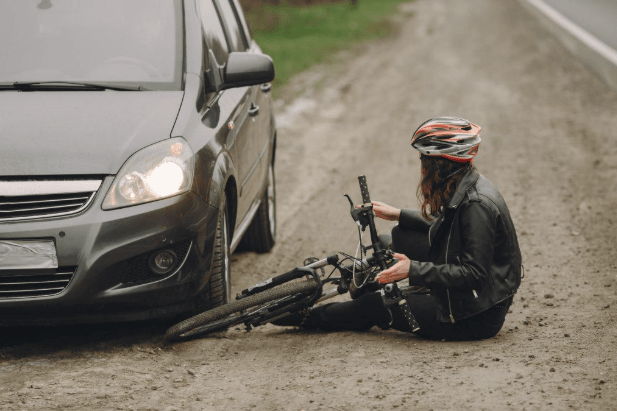Getting into a bicycle accident can be very scary and confusing. Whether you’re riding alone or in a group, it’s important to know what to do right after the crash. One of the most important steps is to collect the right evidence. This can help later if you need to file an insurance claim or talk to a lawyer.
In a busy city like Philadelphia, where cyclists often share the road with dense traffic, SEPTA buses, and distracted drivers, bicycle accidents are a serious concern. Popular routes like the Schuylkill River Trail or busy downtown intersections can quickly turn dangerous due to poor visibility or driver negligence.
If you’re injured in a crash, speaking with a Philadelphia bicycle accident attorney can make all the difference in protecting your rights and building a strong case.
Understanding Bicycle Accidents in Philadelphia
Philadelphia is a busy city with lots of cars, bikes, and pedestrians. There are many bike lanes, but accidents still happen, especially at intersections or on streets without proper bike paths. If you’re hurt in a crash, it can be hard to think clearly. That’s why it helps to know in advance what kind of proof is needed.
If you are injured while biking in this city, a bicycle accident attorney may use the evidence you collect to help understand what happened and who was at fault. That’s why collecting strong, clear information from the scene is so important.
Important Evidence to Collect After a Crash
Below are the key types of evidence to gather if you’re in a bicycle accident.
1. Photos and Videos
Use your phone to take pictures of everything. Take photos of:
- Your bike and any damage
- The car or other vehicle involved
- Your injuries (if they are visible)
- The road, traffic signs, skid marks, or broken glass
- Weather and lighting conditions
If possible, take a short video showing the whole scene. Try to capture where the vehicles were and anything unusual on the road.
2. Contact Details of Witnesses
If someone saw the accident, ask for their name and phone number. A witness may help prove what really happened. Even if you feel okay, get this information before they leave.
3. Driver Information
If a car or truck was involved, get the driver’s:
- Full name
- Phone number
- Driver’s license number
- License plate number
- Insurance details
Be polite, but make sure you collect all this information.
4. Police Report
Call the police and wait for them to arrive. Even for small accidents, a police report is very helpful. The officer will write down what happened and may include who they think caused the accident. Ask for a copy of the report or find out how to get it later.
5. Medical Records
If you are hurt, even a little, see a doctor as soon as you can. Keep all records, including:
- Hospital or clinic reports
- Bills
- Prescription slips
- Notes about your injuries
This can help show how badly you were hurt and how the accident affected you.
6. Keep Your Damaged Gear
Do not throw away your damaged bike, helmet, or clothes. These items may help prove the force of the crash or how you got injured. Keep them safe in case you need them later.
Why All This Matters
Collecting evidence after a bicycle accident helps protect your rights. Without this proof, it may be hard to show what happened. Good records can make a big difference if there is an investigation or legal case.
Gathering the right information after a crash may feel like a lot, but it helps others understand the truth and keep the process fair.

